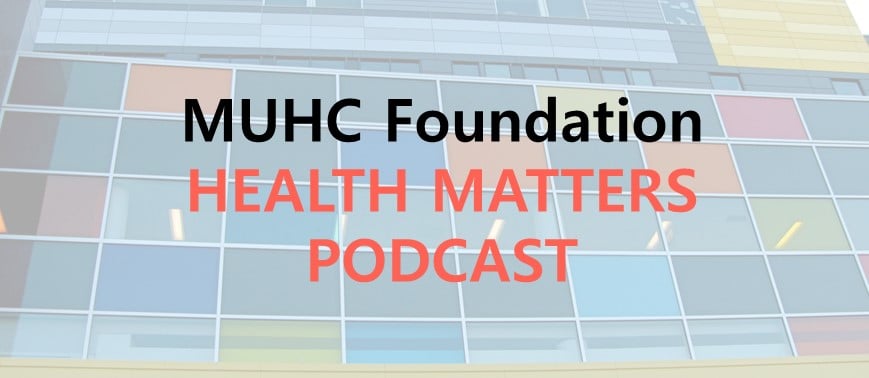Dr. Jonathon Campbell, PDF with Dr. Dick Menzies, discusses how you can ensure your at-home rapid COVID test is as accurate as possible.
(Time on podcast: 32:25). Testing for COVID-19 is challenging with limited PCR testing for the public and difficulty with accessing rapid tests. Now that we have better access to these tests, we have to make sure we use these tests as best as possible to get an accurate reading. These rapid tests work by detecting the presence of antigen proteins that are specific to COVID-19. Rapid tests can yield false positives and false negatives. False negatives can occur, for example, if there is insufficient viral load for the test detect. False positives are actually very uncommon. The best advice one can offer is to review the instructions carefully and perform the test as accurately as possible. This includes getting a good sampling within the nasal cavity… twist it in your nose well. When you place the swab in the extraction solution, swirl it well. Put the correct number of drops on the device. Also, don’t read the result too late or too early. No matter how faint the line is, consider it as a positive result.
Listen to the podcast:
Helping cancer patients lead longer, healthier lives. The MUHC Foundation’s Health Matters. January 30, 2022
Where to listen:
Web: http://bit.ly/3aQfvVQ
Spotify: https://spoti.fi/32HFxrc
Apple: https://apple.co/35NvItS
